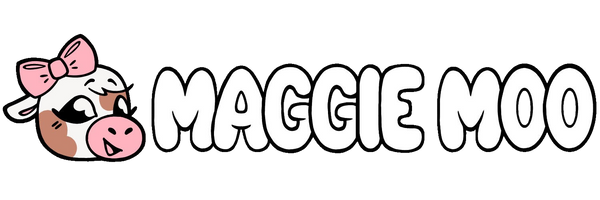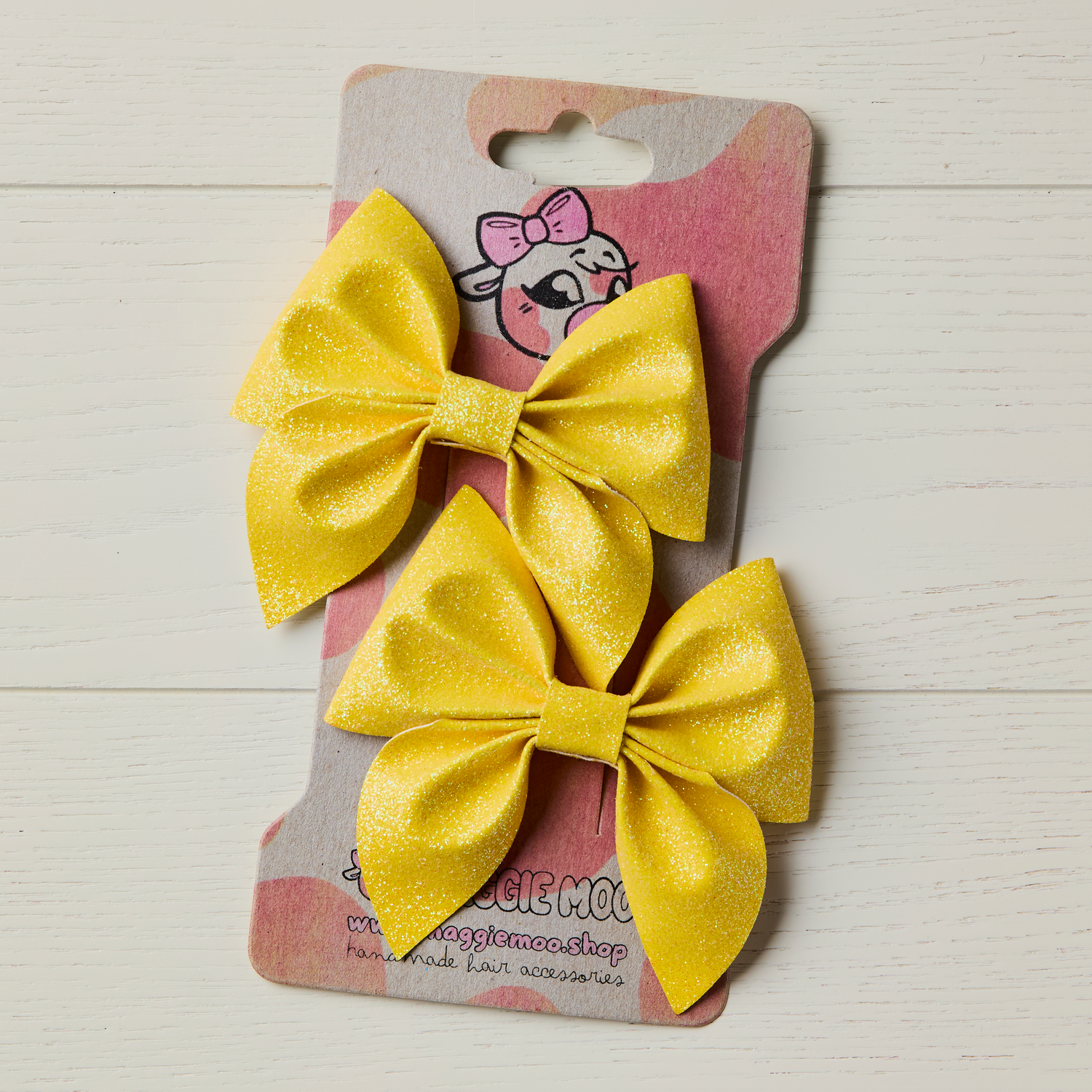Kids' Fashion Secrets: Is Your Child a Dopamine Dressing Guru?
👗Kids' Fashion Secrets: Is Your Child a Dopamine Dressing Guru?
Have you ever given your daughter free rein to dress herself?
If so… what did she wear?
Did it involve clashing patterns, a princess dress with wellies, a swimming costume in winter or other unexpected combinations?
Well, I have a theory about that…
I think kids are naturally wired for instinctive dopamine dressing.
☀️ What Is Dopamine Dressing?
Wait, isn't dopamine dressing just about bright colours? Well, it's part of it, but not for everyone. It's basically dressing in whatever makes you feel happy, so yes, bright colours could do that, but so could other aspects of the outfit. Let’s break it down.
🎨 Colour: Their First Fashion Language
What many people associate with dopamine dressing is that it's all about bright, vivid colours. While these often evoke feelings of happiness and energy - bright colour can be a big part of the dopamine trend. However, if you hate orange, wearing it won't exactly trigger those happy vibes! So, for many, it's more about their favourite colour or a shade that makes them feel a certain way. For example, if you associate black with power and confidence, choosing to dress in black to boost your self-esteem is absolutely dopamine dressing too.
Children are generally attracted to bright colours. These vibrant hues are visually stimulating and tend to capture their attention more effectively than muted or pastel tones. This attraction is linked to early sensory development and their developing vision, as bright colours help stimulate visual pathways in their brain, a preference that carries through their development.
Research also suggests that children often associate bright colours with positive emotions, like happiness and excitement. This is further reinforced by toy companies, who wisely take advantage of these preferences by producing toys in colours favoured by their target age group, further deepening the associations between these colours and fun.
It simply makes sense: if little ones picked their own outfits, they'd go for colours that make them feel great – probably bright ones, or just their favourites. Traditional matching? Nah. Feeling fabulous? Now that's what truly matters!
🐯 Patterns & Characters
Another aspect of dopamine dressing is combining bold prints and playful patterns with disregard for fashion trends or formal expectations. This can involve layering unexpected patterns like plaids, dots, stripes, or florals as a fun way to express yourself.
Children are naturally drawn to patterns that are visually engaging, familiar, and easily recognisable. This could be hearts and rainbows or dinosaurs and unicorns; personal preference and your child's interests play a big role here. Many children develop strong attachments to characters from books, movies, or cartoons, and may want to wear clothing featuring them. I won't name any here, but I'm sure you know exactly what I mean!
Although children develop their fashion sense from an early age, in their early childhood they mainly listen to their internal fashion compass. This isn't yet strongly influenced by peers, media, and adult expectations, so their pattern combinations might often turn out quite surprising – all perfectly in line with what dopamine dressing is all about!
✨ Textures & Sparkles
Another key aspect of dopamine dressing is choosing textures that simply feel good.
First, there’s the physical feel-good. Think the comforting softness of a cosy knit, the luxurious touch of velvet, or the sleekness of a satin dress under your fingers.
But there's also the emotional feel-good. For a child, a familiar stretch of Lycra might spark happy memories of swimming lessons or dance class twirls and therefore be their feel-good fabric choice.
And of course… we can't forget sparkle! ✨ Shimmering textures like sequins, metallics, and glitter can instantly boost your mood and add a playful element of joy, excitement, and celebration to the overall outfit.
A perfect example? A glitter hair bow – the absolute cherry on top for any dopamine-seeking little princess. 🎀 (And if I do say so myself—and let’s be honest, as a bow maker, I absolutely do—the most dopamine-boosting sparkly accents live right here at www.maggiemoo.shop! 😉 Handmade with love, packed with personality, and designed to make little faces light up.)
💖 Emotional Attachments: It’s Not Just About Style
Last but not least on my list are emotional associations. Since dopamine dressing is all about picking clothes that make us feel good, it's no surprise that personal connections play a huge role in our choices. For children, this might mean their favourite wellies – easy to pull on and a reminder of all the puddle-splashing fun in the rain. Or perhaps a shiny bracelet from their favourite auntie, bringing back memories of seaside visits and ice cream. It could even be their beloved pyjamas, which are oh-so-comfy and smell just like Mummy when she snuggles up for a bedtime story.
These pieces become emotional armour—chosen not for looks, but for how they make them feel.
🎀 So… Do You Think I’m Onto Something?
Are kids naturally wired for dopamine dressing?
Do they instinctively choose joy, playfulness, and self-expression in their clothes—before the world tells them to tone it down?
And if so… why don’t more of us carry this instinct into adulthood?
Let me know what you think in the comments! 👇
I’d love to hear your stories too—especially any hilarious or unexpected outfit combos your little ones have created. Let’s celebrate the joy of dressing for delight!
References: Boyatzis CJ, Varghese R. Children's emotional associations with colors. J Genet Psychol. 1994 Mar;155(1):77-85. doi: 10.1080/00221325.1994.9914760. PMID: 8021626.








